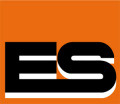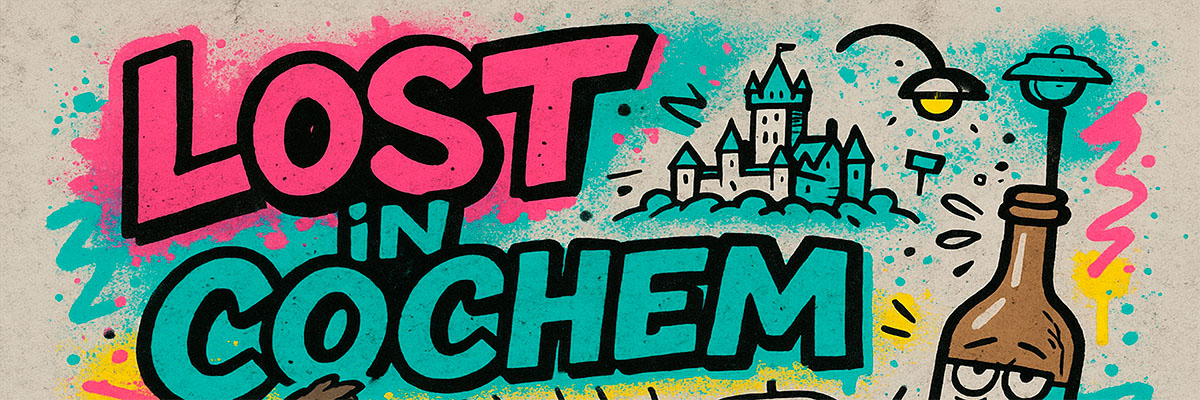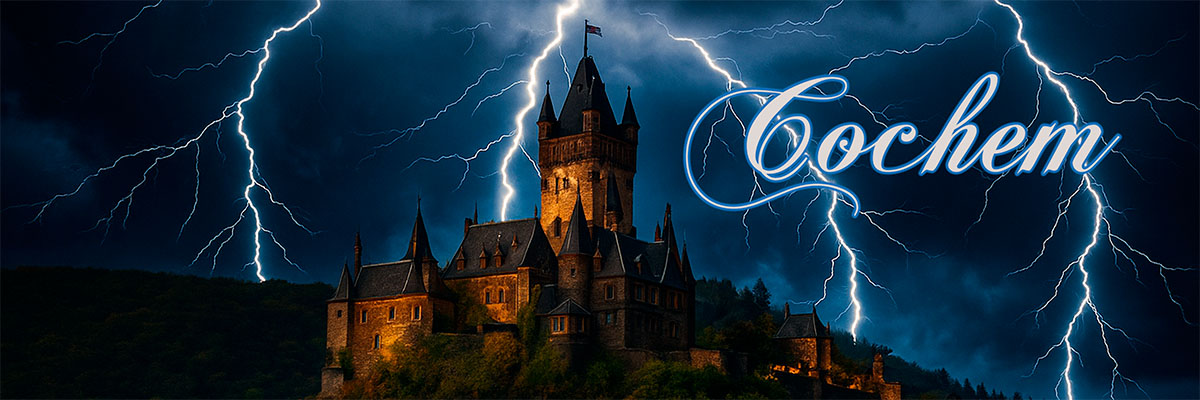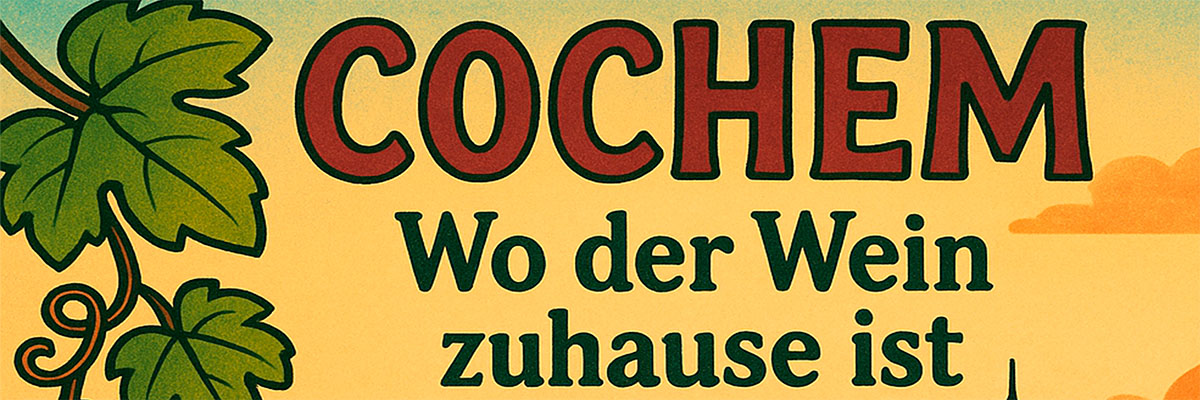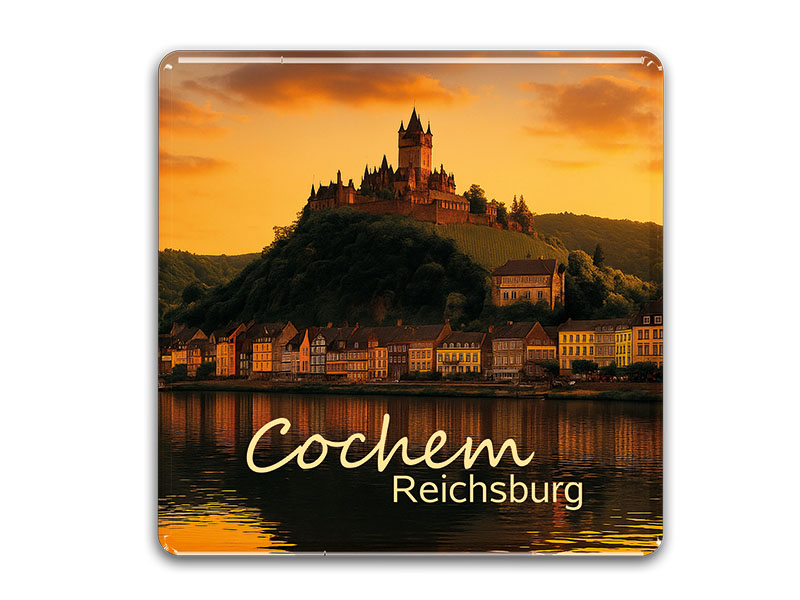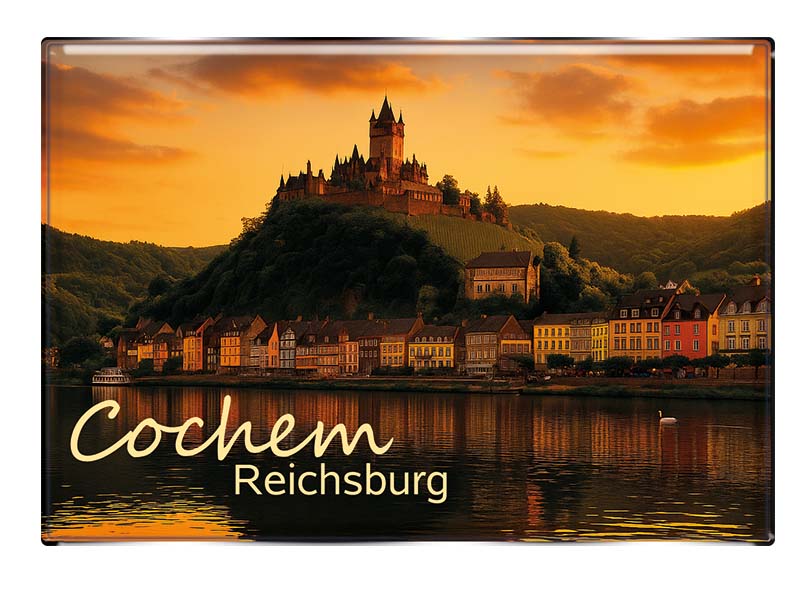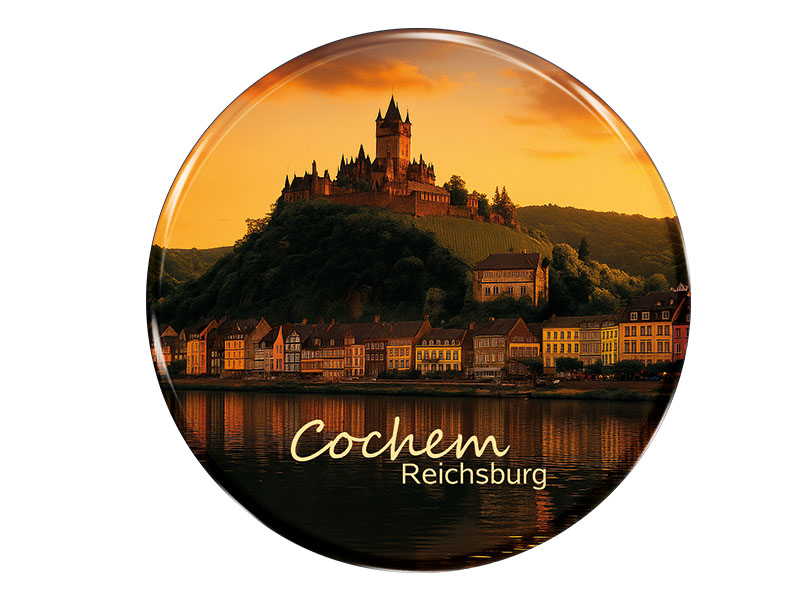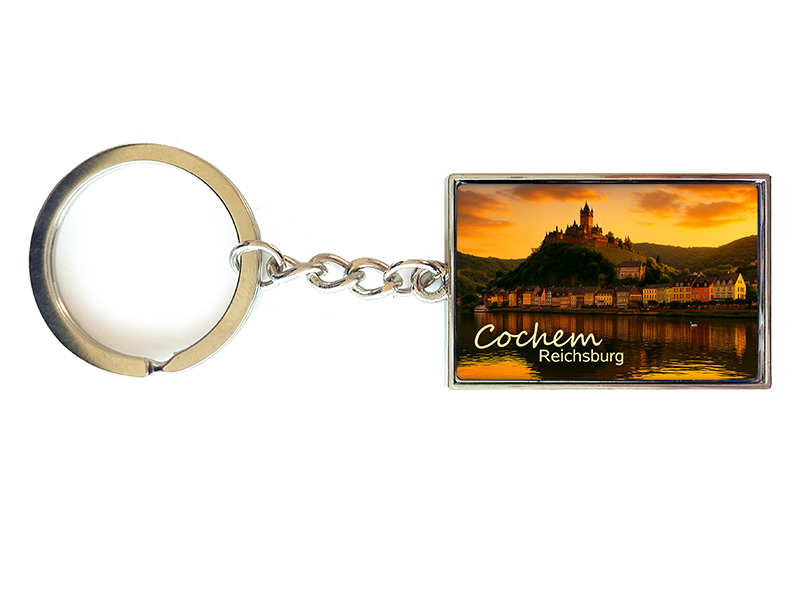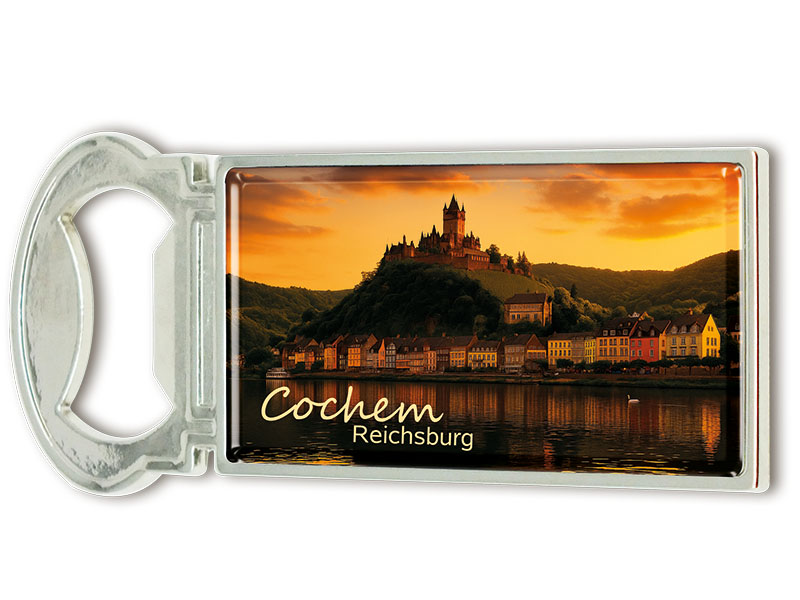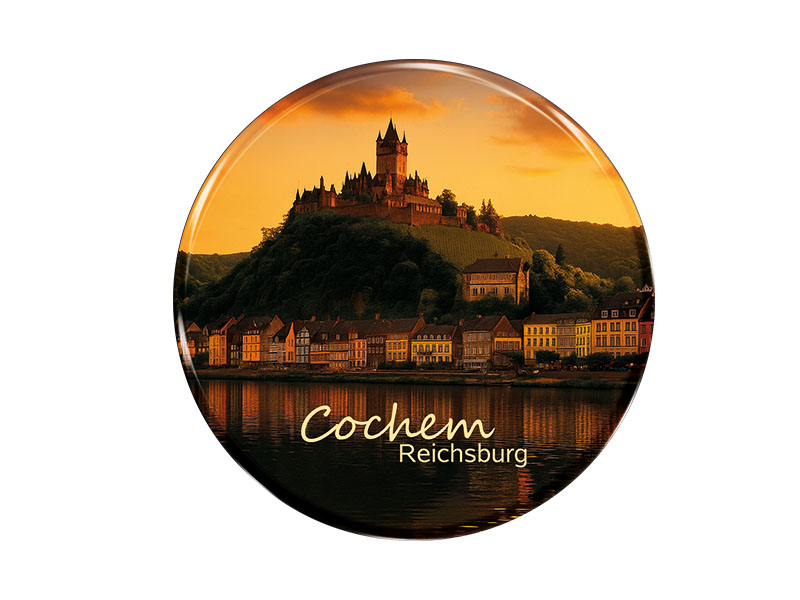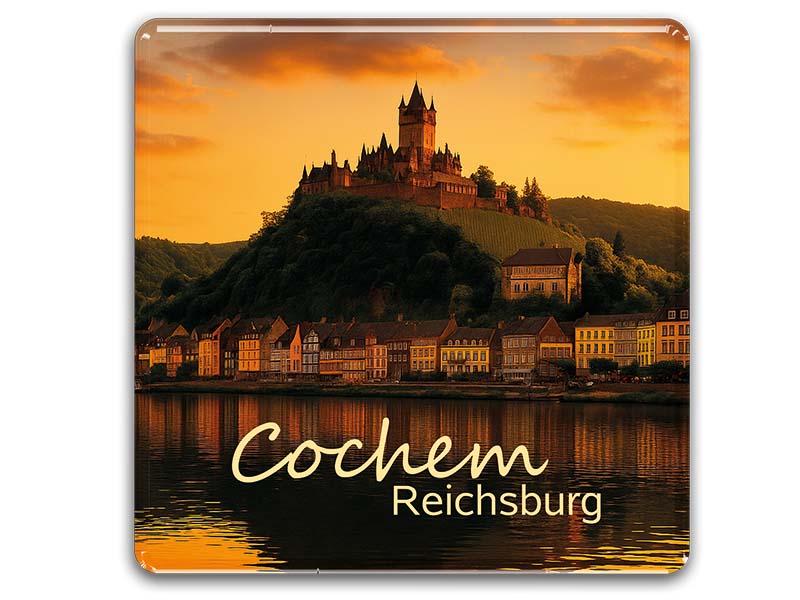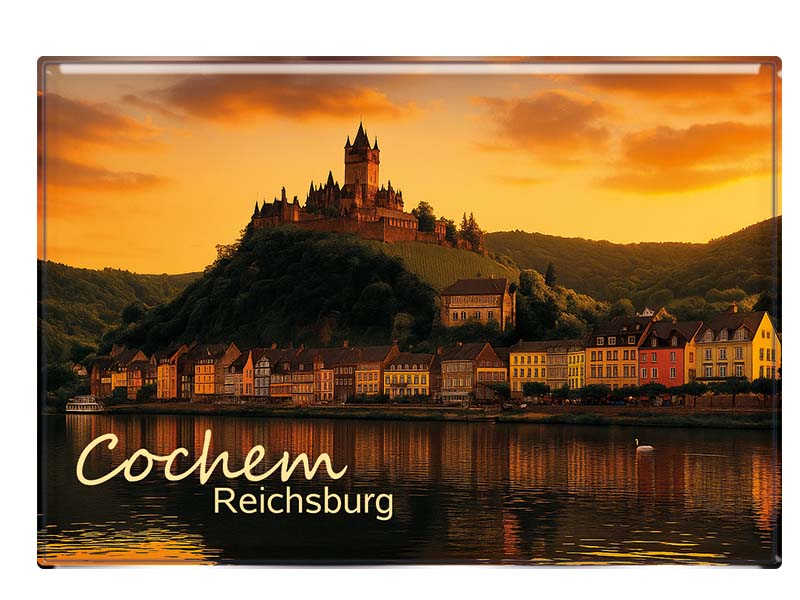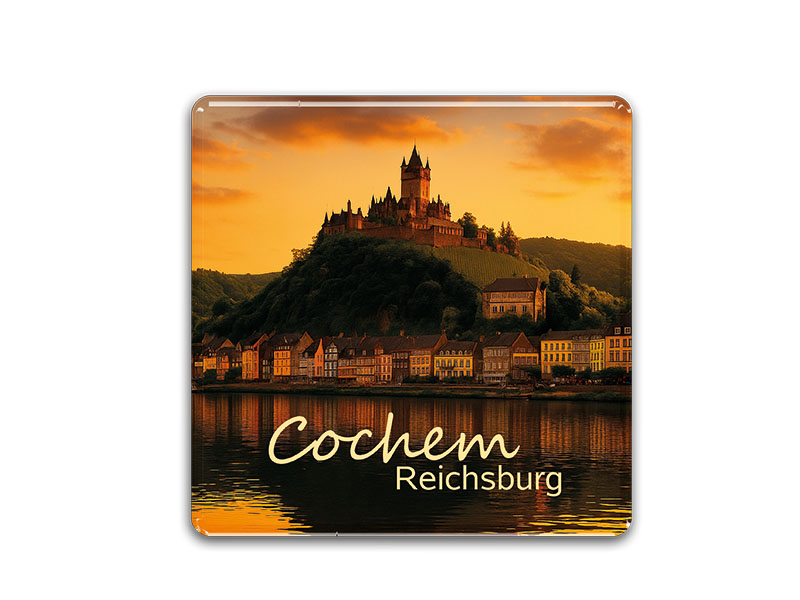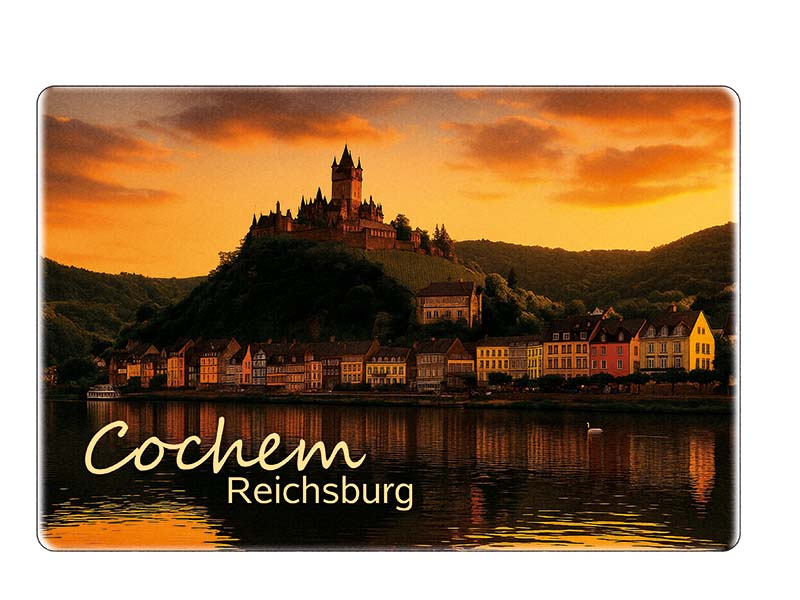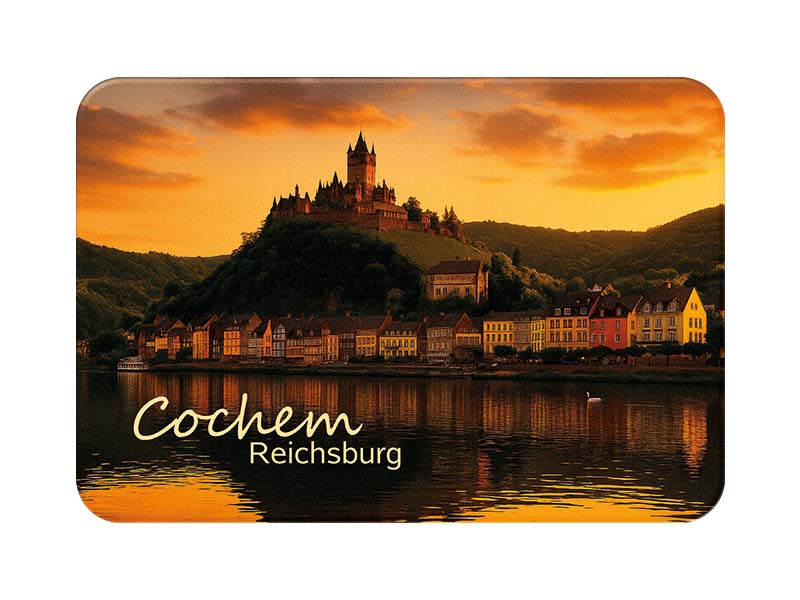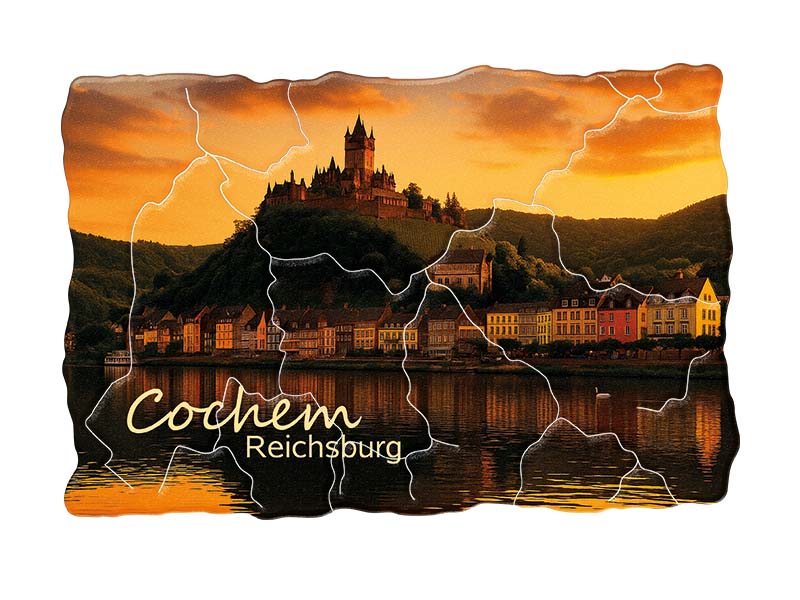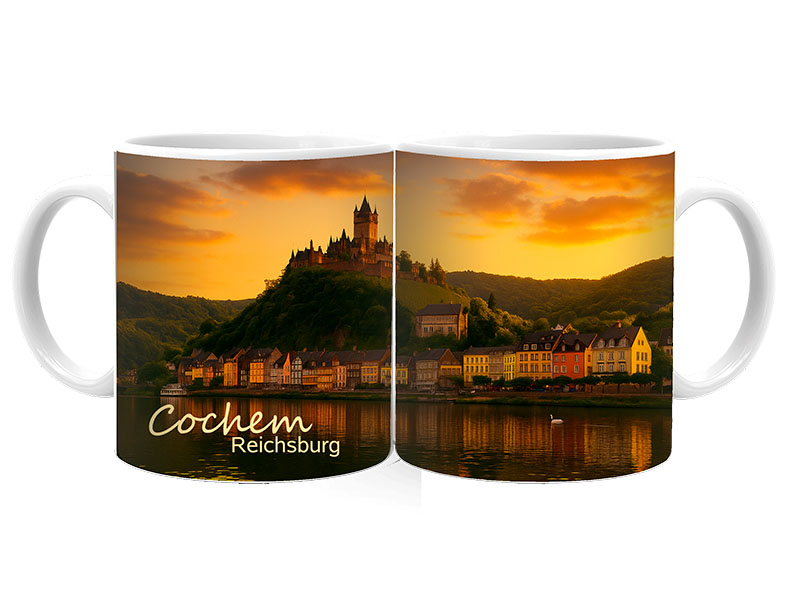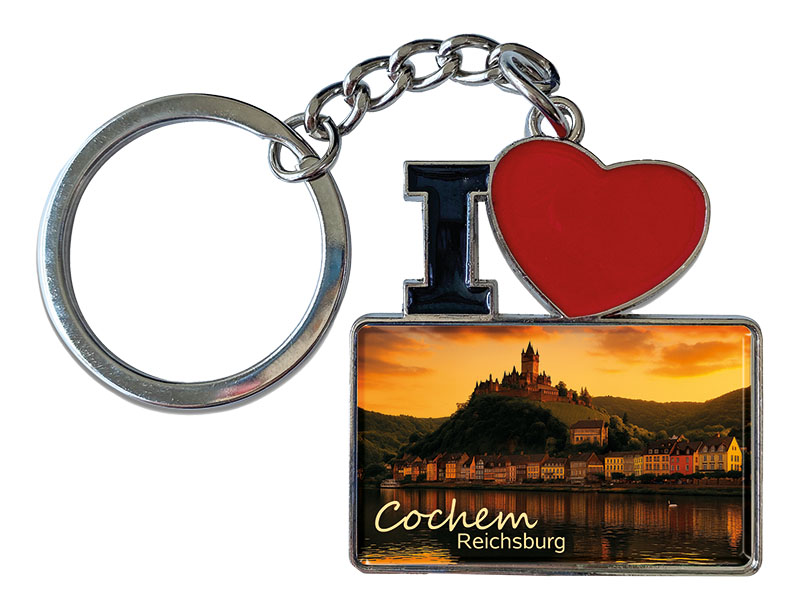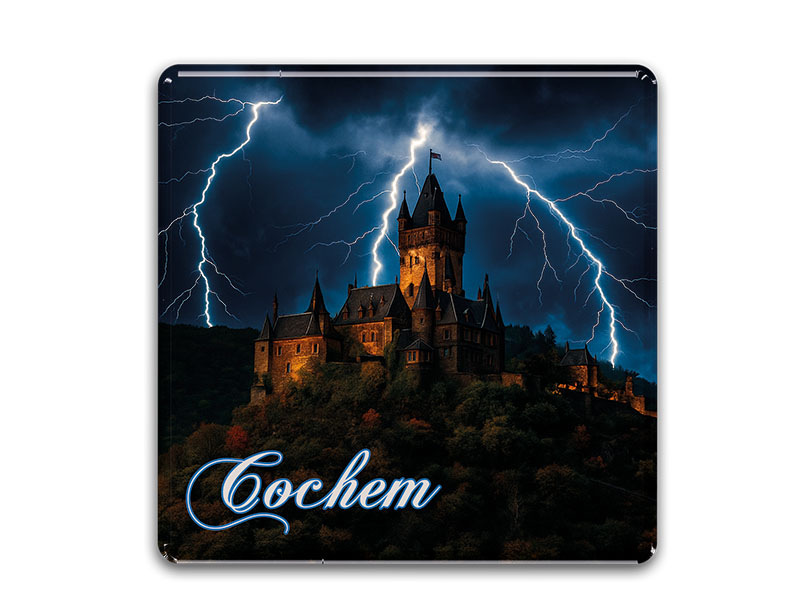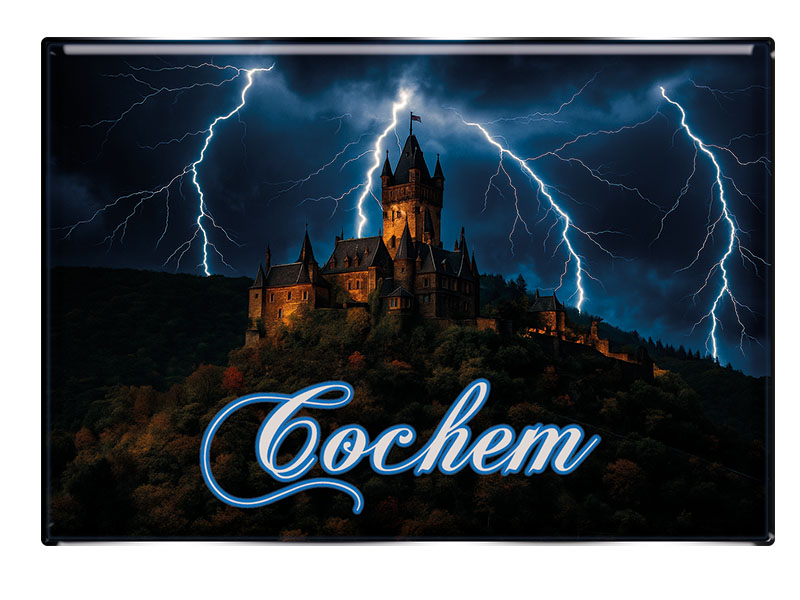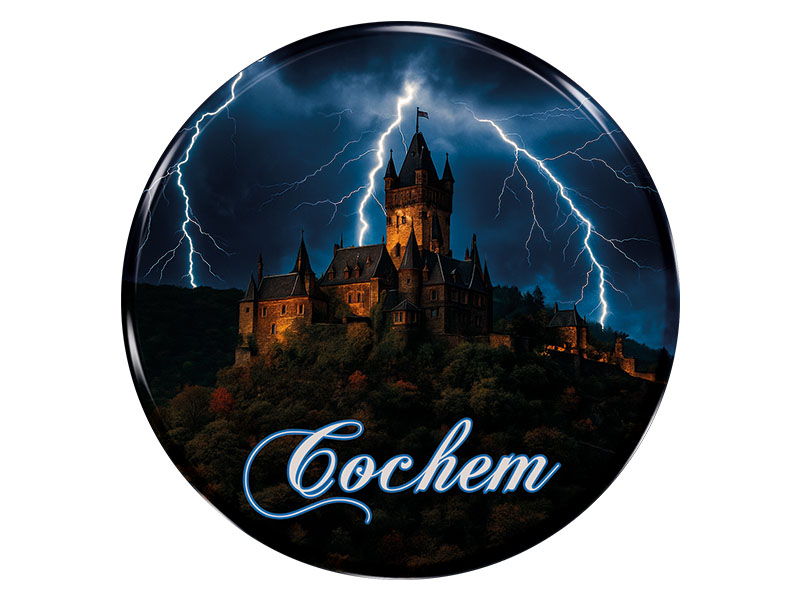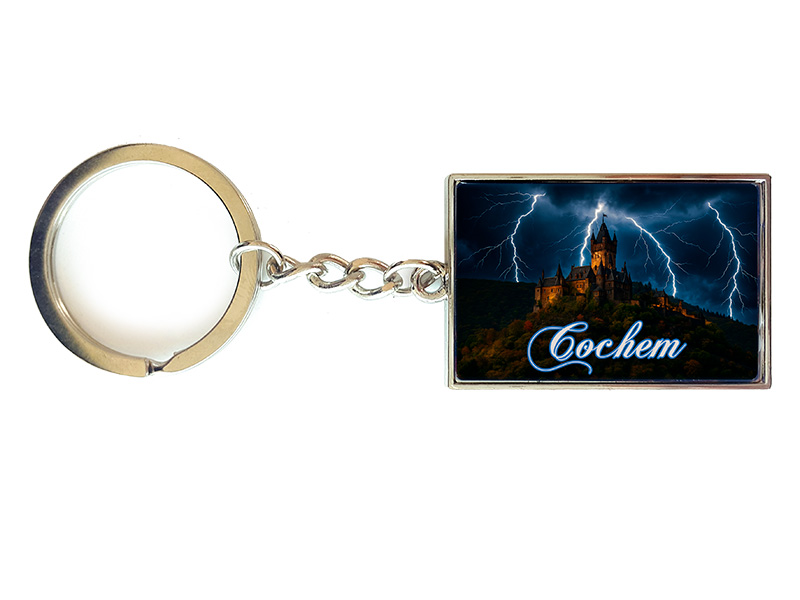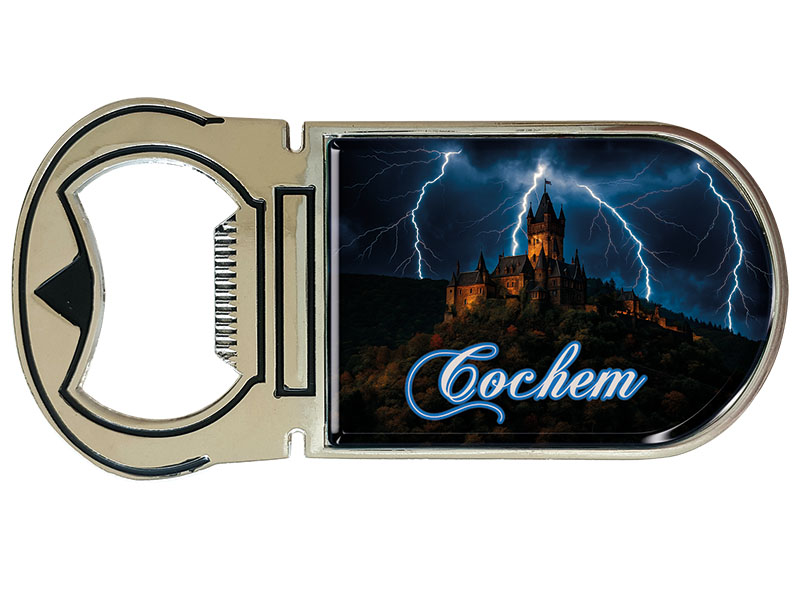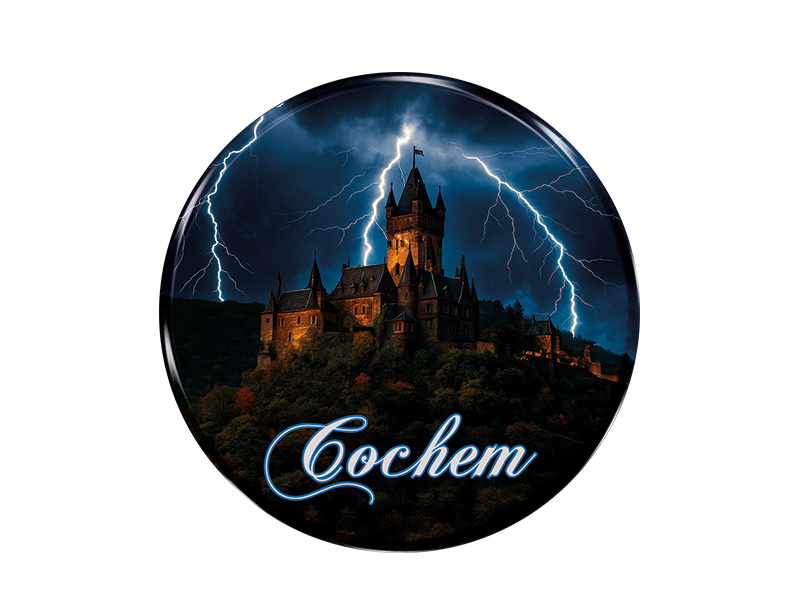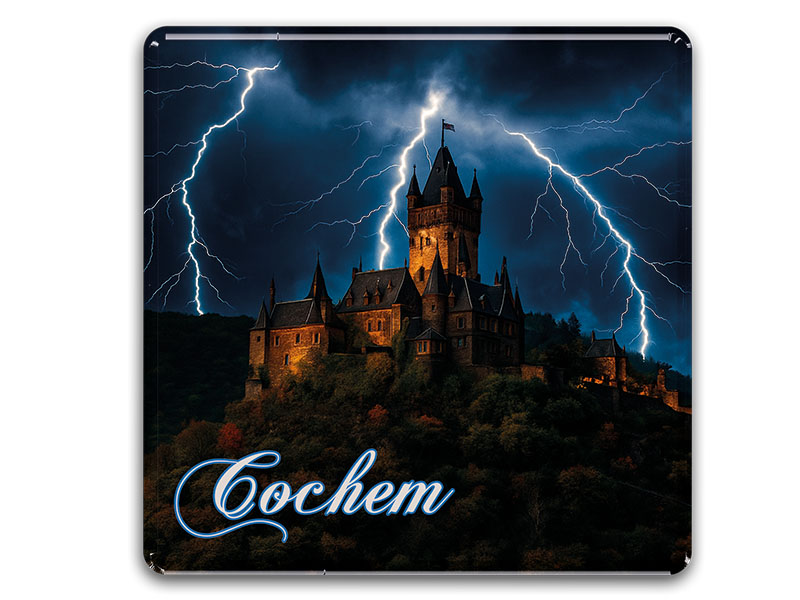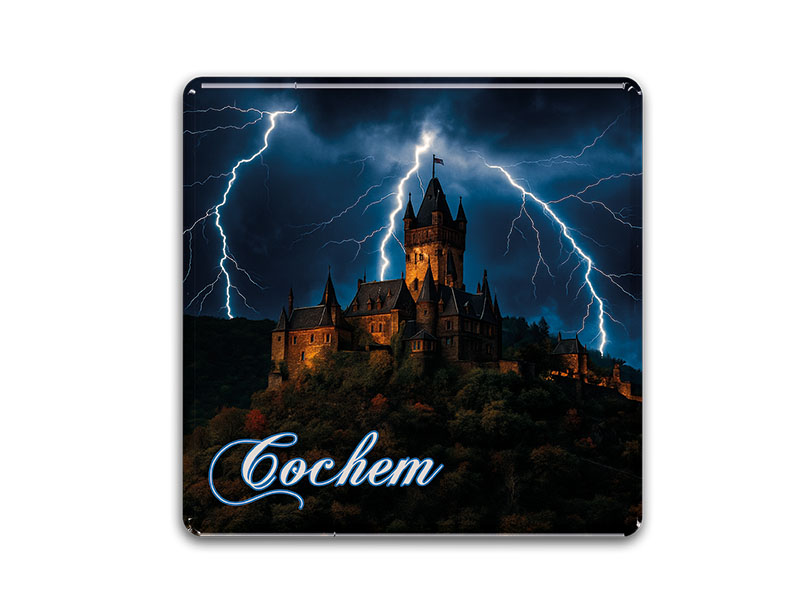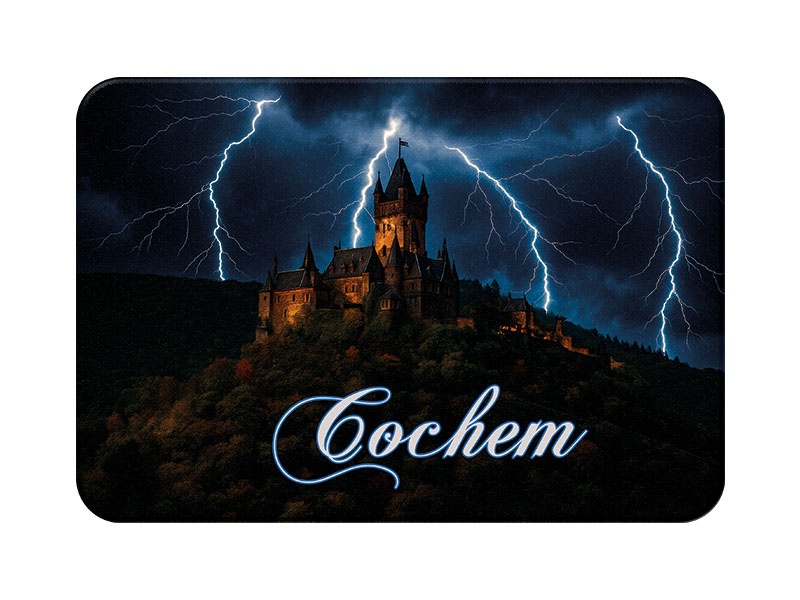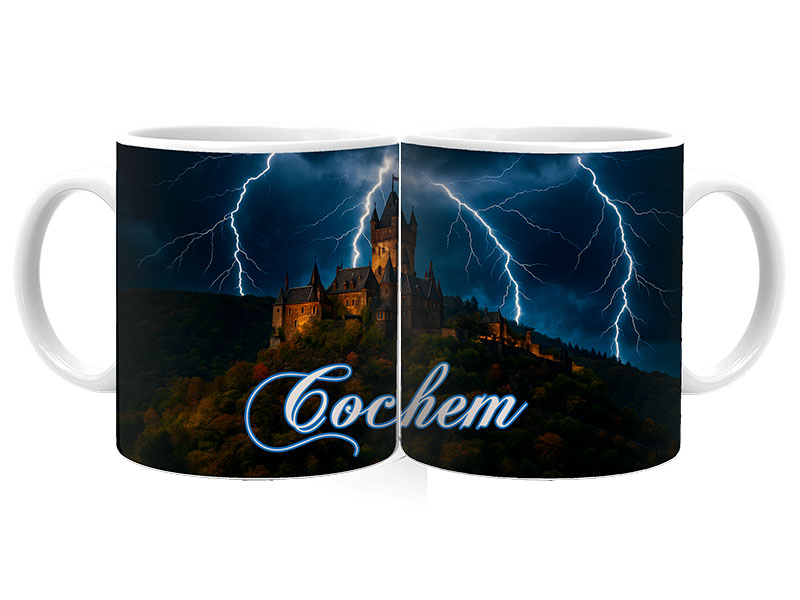- Vehicles
- Figures
- Witches
- Carnival
- Canvas
- Magnets
- Materials
- Maritime
- Hats
- New products
- Personalize
- Plush
- Dolls
- Collectible figures
- Keychain
- Special production
- %Special offers%
- Money boxes
-
Cities - Regions
- Bad Säckingen
- Bamberg
- Bayerischer Wald
- Berchtesgaden
- Berlin
- Bodensee
- Bremen
- Brocken
- Chiemsee
-
Cochem
- Dinkelsbühl
- Dresden
- Eibsee
- Frankfurt
- Freiburg
- Gardasee
- Garmisch-Partenkirchen
- Hamburg
- Harz
- Heidelberg
- Helgoland
- Insel Mainau
- Kleinwalsertal
- Koblenz
- Köln
- Königssee
- Leipzig
- Lübeck
- Mecklenburgische Seenplatte
- München
- Nürnberg
- Oberammergau
- Passau
- Potsdam
- Quedlinburg
- Regensburg
- Rothenburg
- Rügen
- Schwarzwald
- Stuttgart
- Sylt
- Titisee
- Traunsee
- Triberg
- Ulm
- Wernigerode
- Bags/Backpacks
- Textile
- Animal
- Subjects
More information? sign in.
More information? sign in.
More information? sign in.
More information? sign in.
More information? sign in.
More information? sign in.
Cochem – The Jewel of the Moselle Valley
Nestled on the banks of the winding Moselle River, Cochem is one of Germany’s most picturesque small towns. With its fairy-tale skyline dominated by the majestic Reichsburg Castle, steep vineyards clinging to the surrounding hills, and charming half-timbered houses, Cochem is a magnet for visitors from all over the world. Despite its small size, the town offers a rich history, captivating culture, and a warm atmosphere that makes it a true gem in Rhineland-Palatinate.
History and Origins
The history of Cochem stretches back thousands of years. Archaeological finds suggest that the area was inhabited during the Celtic and Roman periods. The Romans, who settled in the Moselle Valley around the 1st century AD, introduced viticulture to the region — a tradition that continues to this day.
The first documented mention of Cochem dates to the year 886 in a charter by King Charles the Fat. By the 12th century, the town had gained strategic importance due to its location along the Moselle and the presence of Reichsburg Castle, which served as a defensive stronghold and administrative center. The castle was initially built around the year 1000, and over the centuries it was expanded into a formidable fortress.
Cochem suffered greatly during the Nine Years’ War in the late 17th century. In 1689, French troops under King Louis XIV destroyed Reichsburg Castle along with large parts of the town. For almost 200 years, the castle lay in ruins until it was rebuilt in the 19th century in a romantic neo-Gothic style by a wealthy Berlin businessman, Louis Fréderic Jacques Ravené. This reconstruction gave Cochem its current fairy-tale appearance.
Throughout the 19th and 20th centuries, Cochem developed as a center for wine production and river trade. Tourism began to flourish with the rise of river cruises and railway connections, transforming the town into one of the Moselle’s most popular destinations.
Population
Today, Cochem is a small community with around 5,000 residents. Despite its modest size, it receives many times its population in visitors each year. The people of Cochem are known for their hospitality, and tourism plays a major role in the local economy alongside viticulture.
Geographic Location and State
Cochem lies in the state of Rhineland-Palatinate (Rheinland-Pfalz) in western Germany. It sits in a narrow section of the Moselle Valley, where the river meanders between steep, vineyard-covered slopes. The town is approximately 50 kilometers southwest of Koblenz and 100 kilometers northwest of Mainz.
The surrounding landscape is characterized by terraced vineyards, wooded hills, and dramatic river views. The mild climate, influenced by the Moselle River, makes the region ideal for winegrowing, particularly the Riesling grape.
Main Sights and Attractions
1. Reichsburg Castle (Reichsburg Cochem)
The symbol of Cochem, Reichsburg Castle towers above the town on a 100-meter-high hill. The neo-Gothic fortress offers guided tours, showcasing its lavish interiors, historical artifacts, and breathtaking panoramic views of the Moselle Valley.
2. Old Town (Altstadt)
Cochem’s old town is a maze of narrow cobbled streets, half-timbered houses, and lively squares. The Marktplatz (Market Square) features a baroque-style town hall from 1739 and a beautiful fountain with a statue of St. Martin.
3. Moselle Promenade
The riverside promenade is perfect for leisurely walks, offering views of the Moselle, vineyards, and castle. In summer, it’s lined with cafes and flower displays.
4. Catholic Church of St. Martin
This historic church, with parts dating back to the 15th century, houses impressive stained-glass windows and a blend of Gothic and Baroque architecture.
5. Pinnerkreuz Viewpoint
Accessible by a chairlift or hiking trail, Pinnerkreuz offers one of the best views over Cochem, the castle, and the winding Moselle River.
6. Bundesbank Bunker Cochem
A Cold War relic, this underground bunker once served as a secret storage site for Germany’s currency reserves. Today, it is open to the public as a museum.
7. Wine Cellars and Vineyards
Cochem is surrounded by renowned vineyards. Many wineries offer tours and tastings, providing insight into the Moselle’s winemaking traditions.
Tourism and Visitor Numbers
Cochem attracts an estimated 2 million visitors annually, including day-trippers, river cruise passengers, and longer-stay tourists. The busiest season is from May to October, when the weather is mild and the vineyards are at their most beautiful. The town is also famous for its wine festivals, particularly the Cochem Wine Festival in late August, which draws thousands of wine lovers.
Tourism activities range from castle tours and wine tastings to boat cruises along the Moselle and hiking or cycling through the surrounding hills.
Famous People
While Cochem is not a large urban center, it has connections to notable individuals:
-
Louis Fréderic Jacques Ravené (1823–1879) – The Berlin entrepreneur who rebuilt Reichsburg Castle.
-
Stephan Eisel – A German politician and cultural advocate with ties to the region.
-
Various winemakers and local historians have contributed to Cochem’s cultural heritage, though many remain known primarily in the Moselle Valley.
Traditional Food and Drinks
Cochem’s cuisine reflects the flavors of the Moselle region, heavily influenced by wine production and river fishing traditions. Typical local dishes include:
-
Zwiebelkuchen – A savory onion tart often enjoyed with a glass of Federweißer (young wine).
-
Winzersteak – A marinated pork steak served with fried potatoes and a wine-based sauce.
-
Mosel Forelle – Trout from the Moselle River, usually pan-fried with herbs and butter.
-
Saumagen – A hearty dish made of pork, potatoes, and spices, popular in Rhineland-Palatinate.
-
Flammkuchen – A thin-crust tart topped with crème fraîche, onions, and bacon.
The most famous drink in Cochem is Mosel Riesling, renowned for its crisp, fruity character. Visitors can also enjoy Federweißer during the harvest season, as well as local sparkling wines (Sekt) and brandies made from grapes.
Typical Souvenirs
Cochem offers a variety of souvenirs that reflect its wine culture and medieval charm:
-
Bottles of Mosel Riesling wine – Often bought directly from local wineries.
-
Hand-painted wine glasses – Decorated with grapevine motifs.
-
Cork crafts – Items such as cork keychains or coasters.
-
Postcards and prints – Featuring Reichsburg Castle and scenic Moselle views.
-
Locally produced jams and honey – Sometimes infused with wine or grapes.
-
Ceramic beer steins – Decorated with images of Cochem and the Moselle Valley.
Cochem Today
Cochem seamlessly blends its medieval heritage with modern tourism. It is a place where history feels alive — where visitors can sip wine on a sunny terrace while looking up at a castle that has watched over the valley for centuries. The town’s combination of natural beauty, cultural heritage, and welcoming atmosphere ensures that it remains one of the most beloved destinations in Germany’s wine country.
